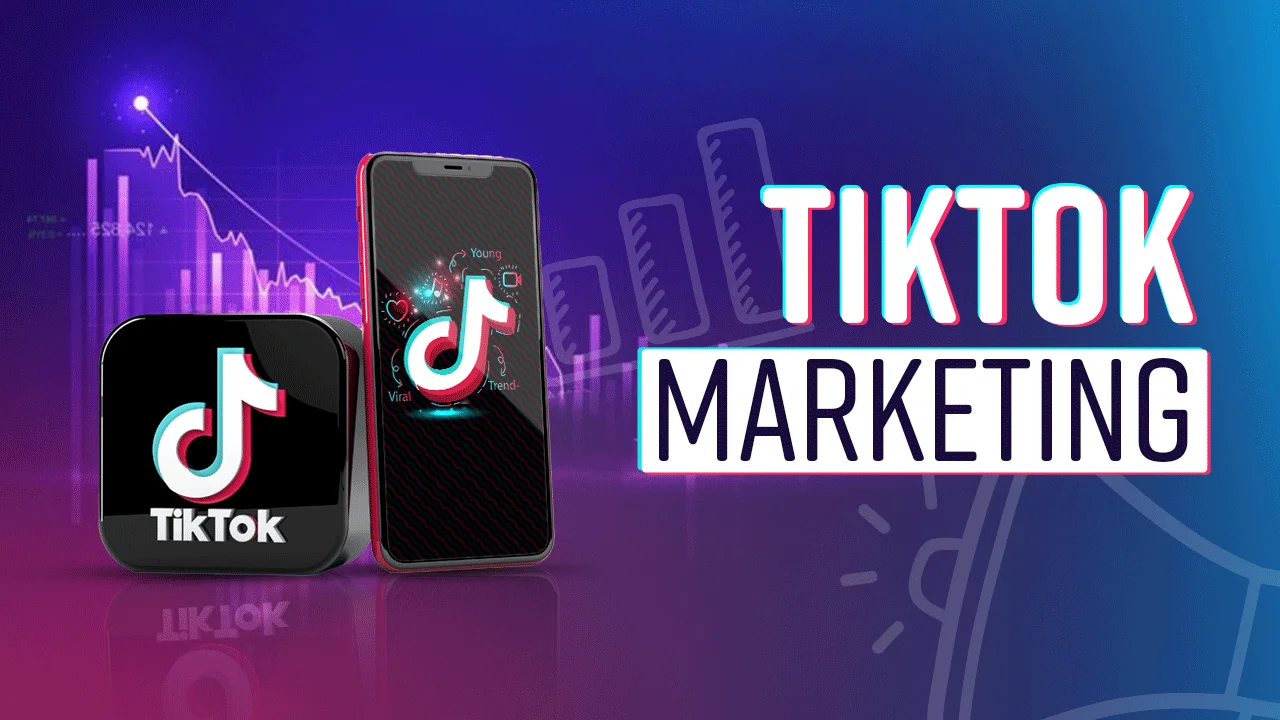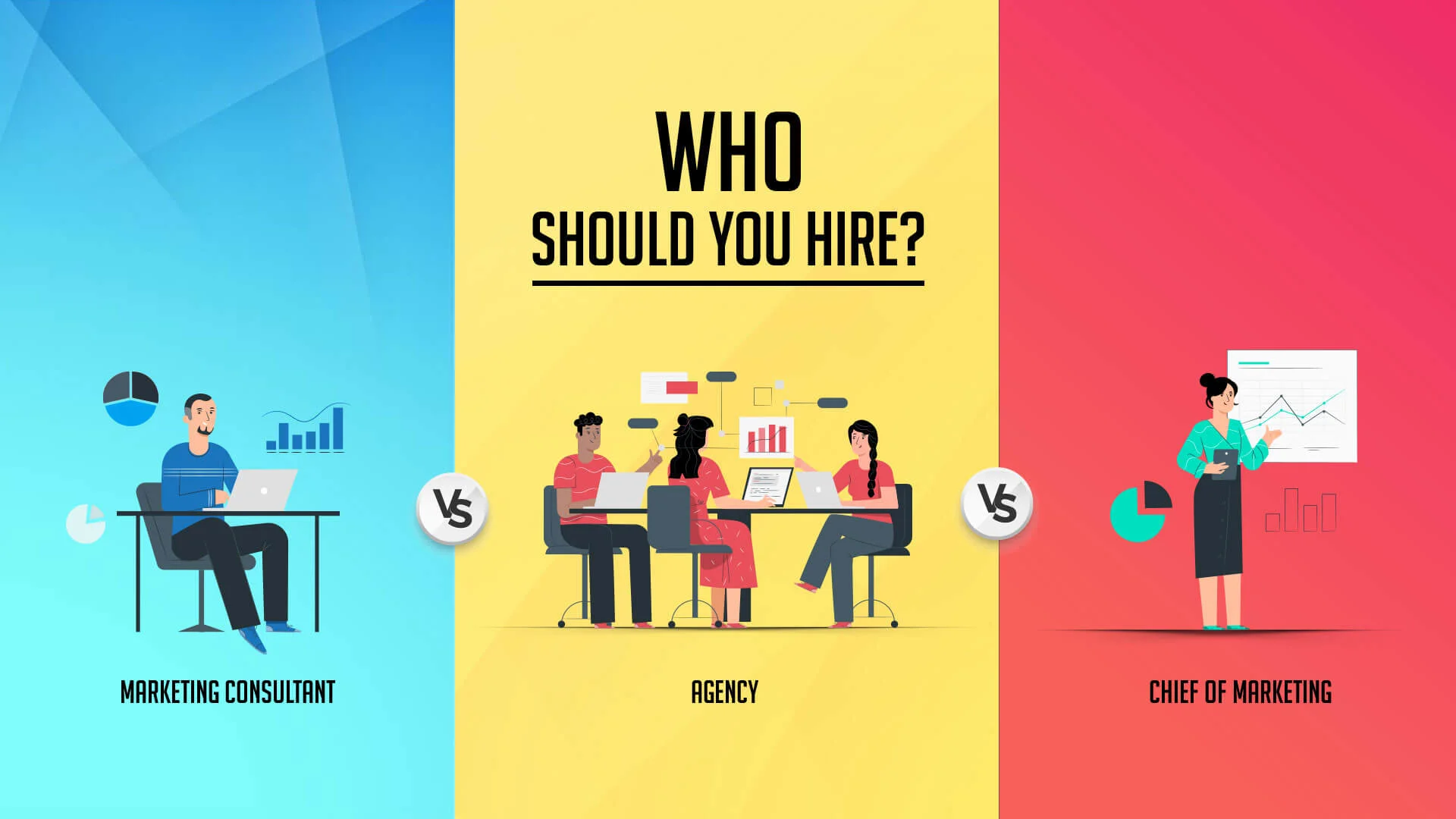Whether you are a big business or a small one, customers is the key to growth. Without customers, you have no sales and without sales, you have no profit. It’s a pretty simple equation.
A business that knows its customers well and understands their motivation and purchasing behavior will be able to serve the end-users better and will, in turn, make more sales.
Market segmentation is an age-old concept. It’s a method of dividing the customers into different homogeneous groups based on demographic, socio-economic, geographical or psycho-graphic traits.
We mostly use market segmentation when defining our target market but that’s where most businesses stop the use of this valuable tool.
There are many different variations within a target market and more variations come up as a product moves along its life cycle.
Businesses forget that the psychographics of customers change as you move up the sales ladder- in other words, when you have reached a certain sales volume, in order to bring in more sales you must capture another group within your target market whose motivation and purchasing behavior is different from that of the previous group.
This graph shows how sales volume changes based on which market segment of your target market you have managed to capture.
The terms seem unfamiliar to you? I will explain them right now!
1. Early adopters
So these are extremely energetic, live to try out new things kind of peeps; they are usually the people to visit a restaurant on the day of opening without having gone through any reviews of what the food is like; the first ones to try out the new gadget in the market. They are bold risk-takers and do not wait for reviews when trying out something new; they like to live life on the edge and embrace all that life throws at them.
When introducing a new product or a new brand, the early adopters is the easiest segment to reach because they do not require a lot of convincing to try out your product; in fact, they are constantly looking for the “new” in life!
Even though it is the easiest to capture, the volume of sales you can get out of them is low simply because they comprise a small portion of the target market. Think about it…how many people do you know who would trust a new saloon with their hair? I’m sure not many.
But even so, they do give a new brand some oxygen till it can capture the next segment.
2. Visionary
Visionaries are people who will not buy everything but will only buy things they think have value. So let’s say a futuristic dishwashing utensil which has received a horrible response from the market simply because people do not see the utility of the product in the current landscape, but a visionary will buy it if he/she feels it can be of value in the future.
This is very similar to when investors invest in a company with poor financials; they do so because they see potential in the company. They are betting on the company doing well in the future and that’s why they will invest in that venture. The same logic applies to visionaries who buy products that others may ignore.
BTW these are the same people who buy land on the moon!
So selling to visionaries is a little difficult than selling to early adopters-its all about perceived value. If you can communicate value or if they feel there is the value you are good to go.
Again visionaries comprise a small segment of the population so you really cannot get a lot in terms of sales volume from this segment too.
So move onto the next segment!
3. Club
This is the most interesting group and also the hardest to break into. Club basically stands for fraternity-so people in this segment will only buy a product if other people in their fraternity are also buying that product. It is like keeping up with the joneses in full swing!
Let’s look at an example. Suppose you see your co-workers use uber for the work commute. If you are of the “club” mentality people, immediately a need to use uber will activate within you because that’s what other people in your “club” are doing.
Breaking into this group is very difficult because you have to crack a significant portion of the fraternity members to see the craze spread like wildfire. It helps if there are one/two early adopters within a club but then again before the product trends within the club sales will not spike.
One good thing is that it is possible to increase sales volume by a huge chunk of a business that can break into this segment- because of the need to fit in overrides all logic!
4. Followers
these are the “brand” people. So if you have managed to capture the other segments of the market (early adopters, visionaries and club) you have got a product that is popular. Your brand has recognition and value and the moment your brand has equity, you have the followers on board.
These are basically the people who buy something purely out of the value the brand has and how popular the product is.
Think about luxury handbags- it’s not that a Louis Vuitton bag is significantly better than a Michael Kors bag but Louis Vuitton is a bigger brand and hence it has more followers.
Capturing this segment is easier than capturing people in the club segment. Sales also see a good rise in volume following the capture of this group. But it all depends on creating a brand name that outperforms all other competitor brands.
So these were the four main customer segments your product moves along during its life cycle. As a marketer, it is important to know in which segment your product is currently in and to tailor your marketing strategies accordingly to fit the purchasing behavior of that segment.
Thanks to Syed Mamnun Quader, CEO of Southtech Limited for explaining the model to me.






